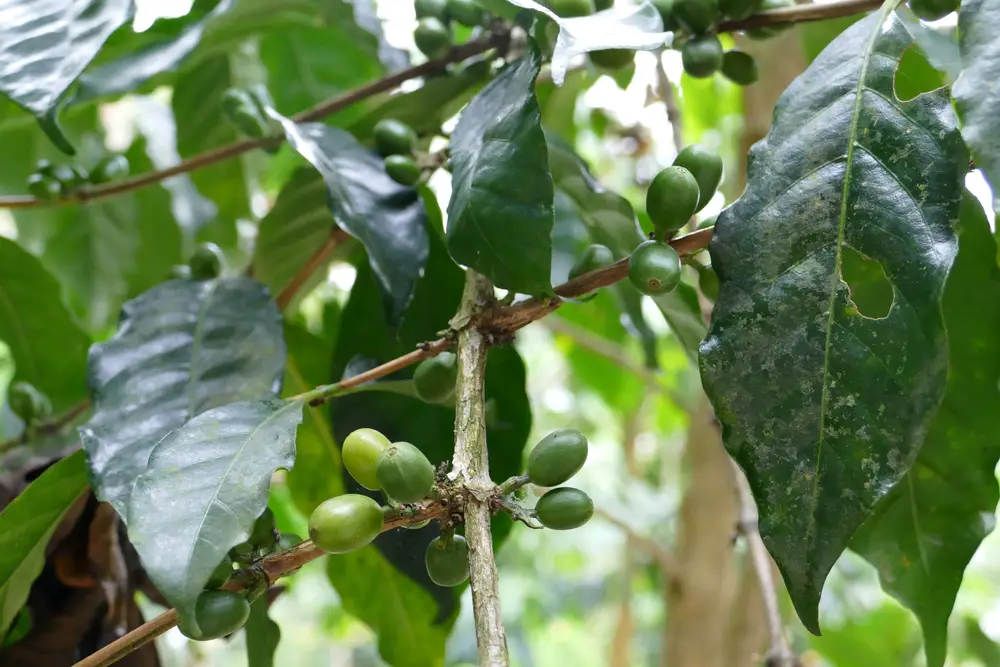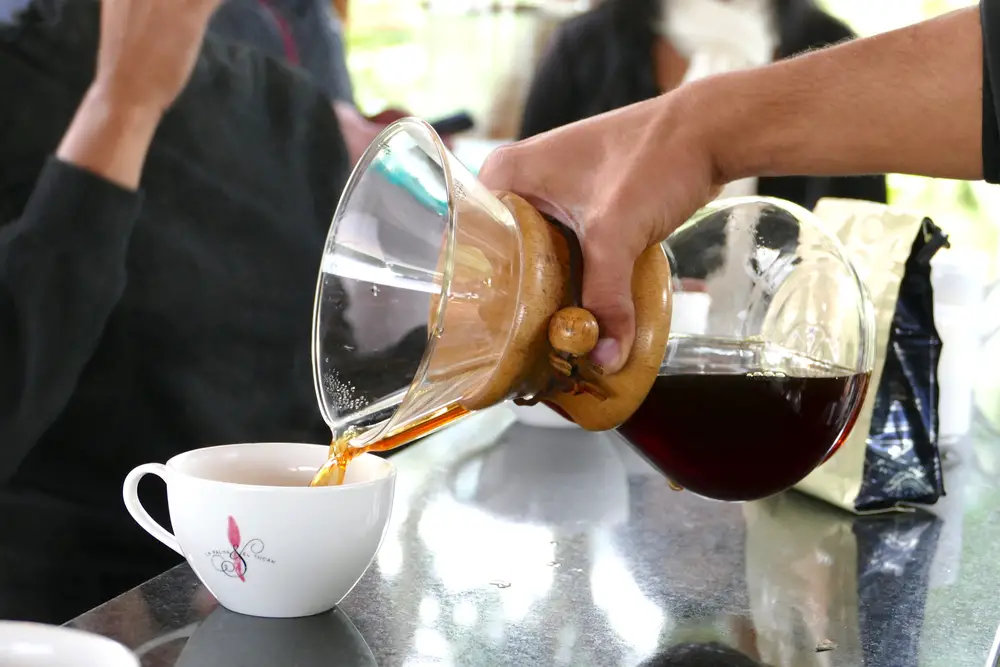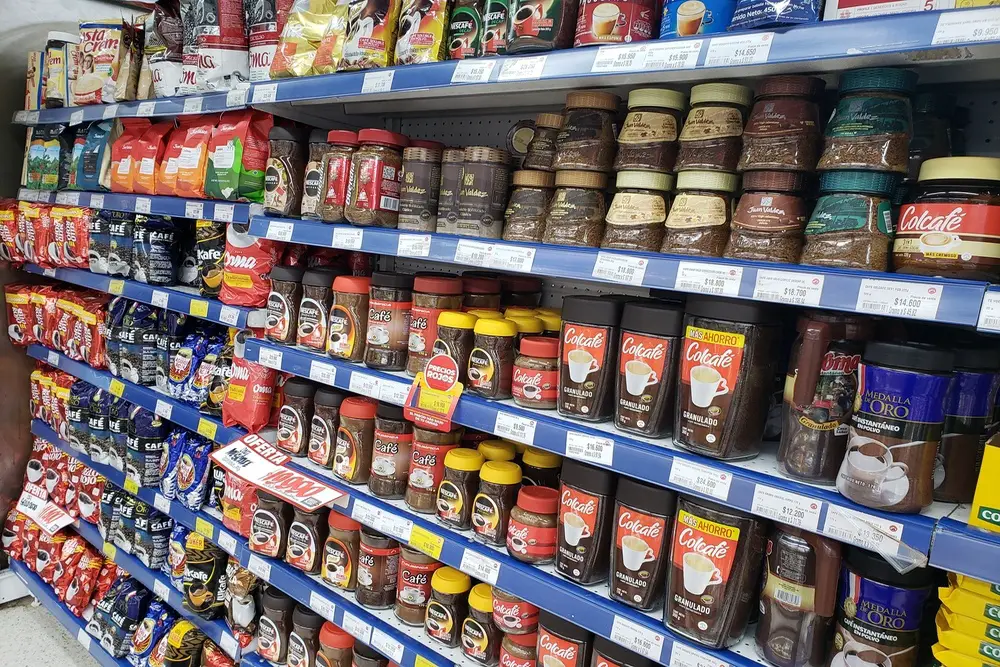There are five different types of coffee in the world that are made from animal waste. The animals are elephants, civet cats, monkeys, birds and bats. These coffees are also some of the most expensive types of coffee you can buy.
The animals eat the coffee cherries and the farmer uses precise techniques to harvest the beans immediately after the animal has passed them. They are then thoroughly washed and dried in the sun.
Table of Contents
What is coffee made from animal feces?
Animal droppings coffee refers to all types of coffee beans and coffee made from beans that have been fermented in an animal’s digestive tract and then excreted.
Many animals eat coffee cherries because they are sweet. During the digestive process, the flesh of the cherries is broken down and digested by the animal. However, since not all components are dissolved, the coffee beans slip through the animal and are excreted with the feces. They are fermented on their way by digestive juices.
These discarded beans are then collected, thoroughly washed several times, and processed like other coffee beans: dried, peeled, roasted, ground, and finally served as coffee.
Since when has animal excrement been drunk?
The practice of consuming coffee beans made from animal dung began with the kopi Luwak. In the 19th century, the Dutch colonized Sumatra and Java and established coffee plantations in these areas. Because local farmers were forbidden from eating or picking fresh cherries directly from the trees, they could only use what was already on the ground.
However, the Asian palm civet soon began eating the coffee cherries straight from the trees. The animal chooses the ripest fruit. So, the locals decided to harvest the civet beans after digestion, following the rules of their plantation bosses. The Dutch recognized the potential and started marketing this coffee.
Interestingly, the release of the movie Bucket List entitled Before I Go in Latin America in 2007 led to a boom in kopi Luwak consumption. In the film, Jack Nicholson was sipping civet coffee without realizing it at first.
Different types of animal dung coffee
Animal feces coffees are classified according to the type of animal that digests them.
Coffee made from civet dung
copy Luwak is the most famous type of coffee, made from beans made from animal excrement. In civet coffee, the animal that digests the coffee cherries is the Asian palm civet, a small weasel-like mammal.
copy Luwak is the coffee bean extracted from the feces of civet cats in Sumatra and Indonesia. Civet cats are a separate animal class that covers the entire Southeast Asian region. They look like a cat but have the characteristics of a raccoon, although civets are genetically unrelated to either species.
When civet cats eat 100% Arabica coffee beans, their digestive enzymes ferment the beans. This unique process helps eliminate much of the high acidity found in beans grown in this part of the world.
Farmers keep civet cats on a farm or collect them from the wild by picking up the droppings and picking out the beans in the early hours of the morning. Before they are roasted, they go through a multi-stage cleaning and sun drying process.
Coffee made from elephant dung
Black Ivory Coffee Company produces coffee beans from elephant dung. Originating in Thailand, this coffee is made from elephants raised in a sanctuary. Unlike other beans, which are derived from animal dung, the coffee beans here are mixed into the feed by the growers.
After gaining worldwide acceptance of Kopi Luwak, a grower began experimentally feeding the coffee cherries to elephants and collecting the partially digested beans from their droppings. Thus, the elephant poop coffee was born.
Coffee made from bird droppings
This coffee originated in Brazil. Henrique Sloper, a Brazilian coffee farmer, one day noticed that his entire plantation on the Camocin estate was being overrun by an endangered native bird called the jacu. Not wanting to attack the birds, Sloper dropped the kopi Luwak inspire and developed the bird feces coffee.
This coffee is relatively new as farmers only started using this process a few years ago.
Coffee made from monkey saliva
In India, rhesus monkeys and macaques are the producers of coffee beans. This is the monkey parchment coffee. Monkey coffee doesn’t really fall into the animal poop category. This is because macaque monkeys chew the coffee cherries, swallow the pulp, and then spit out the beans without swallowing and digesting them.
It’s not their digestive system that does the work, but the enzymes in the monkeys’ saliva, which break down and change the chemical composition of the coffee beans.
Coffee made from bat saliva
Like monkey saliva coffee, coffee is formed when a Central American species of bat, artibeus jamaicensis, eats the outer pulp of coffee cherries and then licks off the sugary mucus surrounding the beans. The bat’s saliva then initiates a fermentation process.
The coffee the bats are licking is a special Arabica variety called Boubon pointu. The bean comes from the east coast of Madagascar and was discovered as a delicious bean in 1711.
After reintroducing them to the Panama-Costa Rica border in 2018, farmers found that the native bats ate the best cherries. This was the reason for the production of the wild bat Geisha.
What makes coffee made from animal feces so special?
All coffees in the world are fermented at some stage in the post-harvest process. In addition, some special types of fermented coffee undergo a second fermentation, which gives the beans a special taste and aroma. The difference with coffee made from animal feces is that the fermentation process takes place in the digestive system of a living animal.
Is coffee made from animal waste ethical?
If the seeds are collected from the excrement of wild civet cats, there is no problem. Because Kopi However, as Luwak is a fad, a tourist attraction and a booming industry, not all manufacturers are sustainable and animal-friendly.
There have been reports of civets being caught in the wild and caged to be fed coffee cherries. This practice is similar to the production of foie gras, where geese are also force-fed. The living conditions of these animals are often very bad.
But not all producers engage in this practice. Some copy Luwak are ethically sourced and the civet cats are left completely alone.



